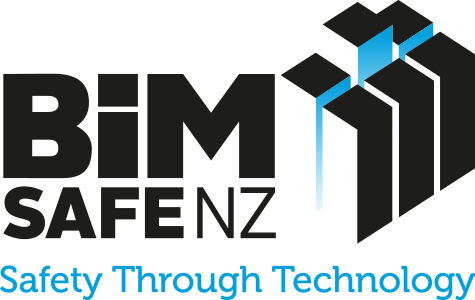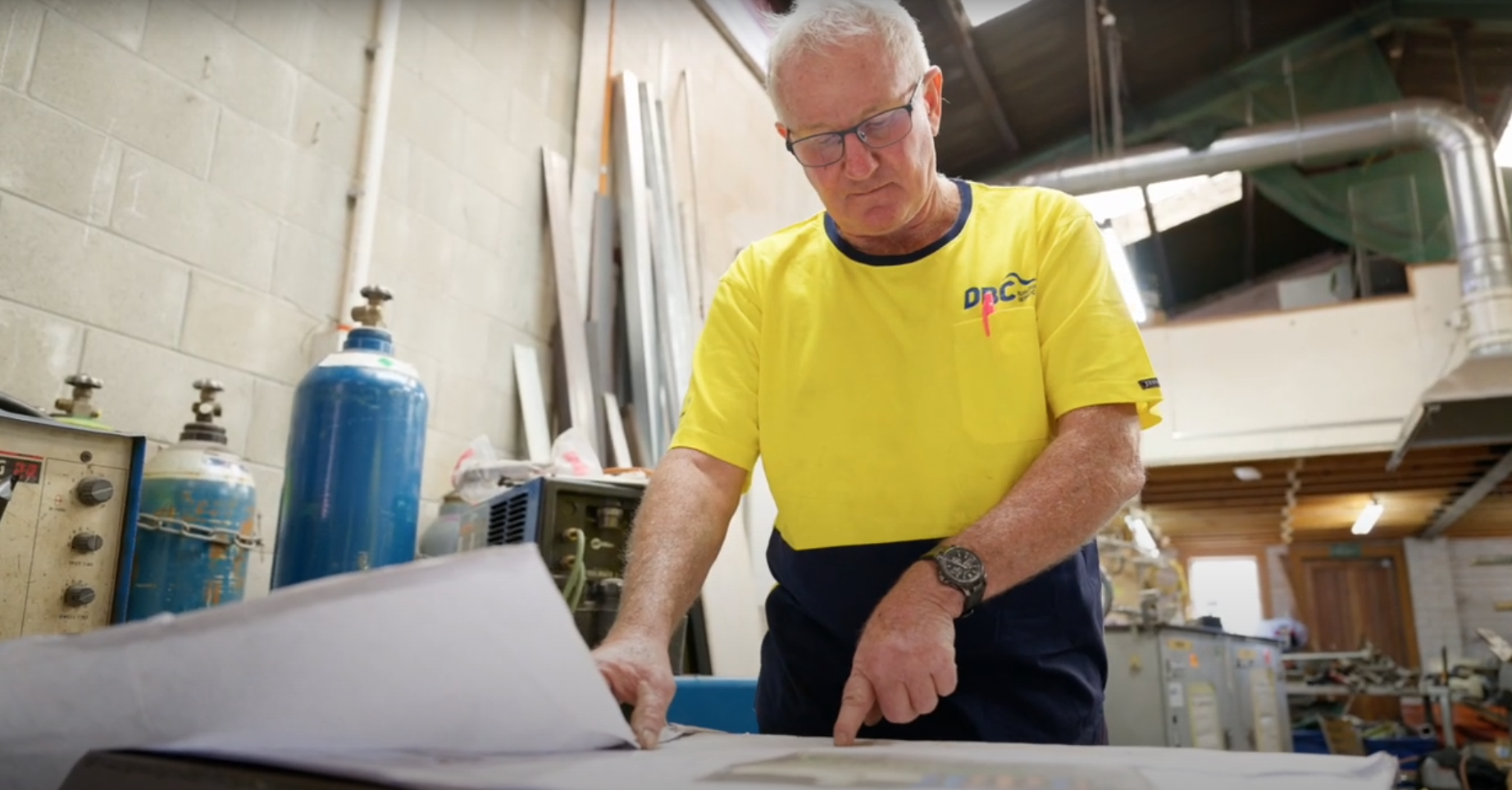DBC Building Services: Using BIM to support older workers
Summary
“With the 3D model, you can work off the drawings and prefab most of it up in the workshop, get it down to the site welds, to the last measurement, then send it down to the job where the younger guys can put it all together.”
Colin Gray, Contract welder, DBC Building Services
In the mechanical services industry, experienced workers like Colin Gray, a contract pipe fitter and welder, are benefiting from the use of Building Information Modelling (BIM) and 3D modelling. These technologies allow older workers to continue contributing their valuable skills while minimising physical risks associated with working on-site. By enabling remote work and prefabrication, BIM and 3D modelling improve safety, efficiency, and knowledge transfer between older and younger workers.
Background
Colin Gray is a highly skilled contract pipe fitter and welder with extensive experience in a range of different industries. As an older worker, Colin faced challenges in continuing to work on-site due to the physical demands of the job, such as climbing ladders and navigating cluttered environments.
Donn Casey, Colin’s employer, recognised the value of Colin’s expertise and sought ways to keep him engaged in the work while prioritising his safety and well-being. By adopting BIM and 3D modelling technologies, the company found a solution that benefits both Colin and the business.
Video
Approach
The introduction of BIM and 3D modelling has transformed the way Colin and his colleagues work. Instead of relying solely on traditional 2D drawings, which can be time-consuming and difficult to interpret, they now use 3D models to visualise and plan projects more efficiently. This approach provides the opportunity for greater use of prefabrication, allowing Colin to work primarily in the workshop, prefabricating pipe work based on the 3D models, and minimising the need for on-site work.
Outcomes and benefits
Health and safety benefits
- Reduced physical risks: By working in the workshop instead of on-site, Colin avoids the risks associated with climbing ladders and navigating cluttered construction sites. This is particularly important for older workers who may not recover as quickly from falls or injuries.
- Improved working conditions: Working in the workshop provides a more comfortable and controlled environment for Colin, protecting him from exposure to cold weather and other on-site hazards.
- Enhanced safety on-site: With much of the pipe work prefabricated in the workshop, the amount of site welding is greatly reduced, leading to less congestion and fewer hazards on-site and improving safety for all workers.
Other benefits
- Increased efficiency: BIM and 3D modelling enable Colin to prefabricate up to 85% of the pipe work in the workshop, reducing on-site installation time and increasing overall productivity.
- Knowledge transfer: The workshop environment allows Colin to train younger workers more effectively, sharing his welding skills and expertise. In turn, younger workers can help Colin navigate the new technologies, providing a mutually beneficial learning experience..
- Extended career opportunities: By adapting his work to the workshop environment, Colin can continue working three days a week, delaying retirement and providing ongoing value to his employer.
Lessons learnt
Be prepared to adapt
Developing prefabrication capabilities using BIM and 3D modelling can a powerful approach for supporting the health, safety, and productivity of older workers in industries like mechanical services, but requires investment in the creation of off-site facilities and connection to site, and flexibility in establishing new work flows.
Promote knowledge transfer
Creating opportunities for knowledge transfer between older and younger workers benefits both the individuals and the organisation as a whole. The transfer is a two-way process—younger workers pick up construction skills learned from a career in the industry, but also provide support and knowledge to older workers who may be less familiar with using technology.
Consider benefits for health as well as safety
Embracing technological advancements, such as BIM and 3D modelling, can lead to improved safety on the constructiton site, but can also help reduce stress and improve job satisfaction for workers of all ages.

